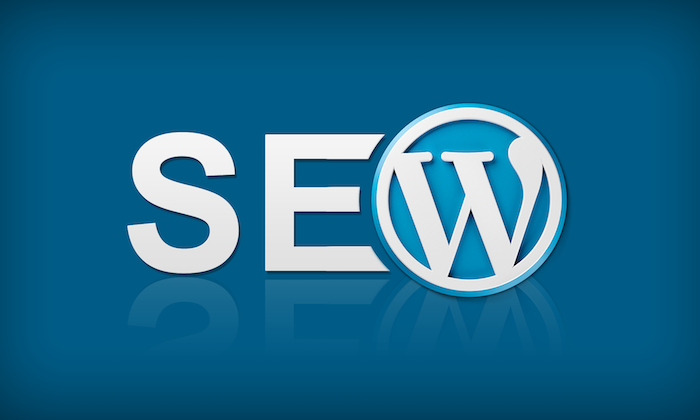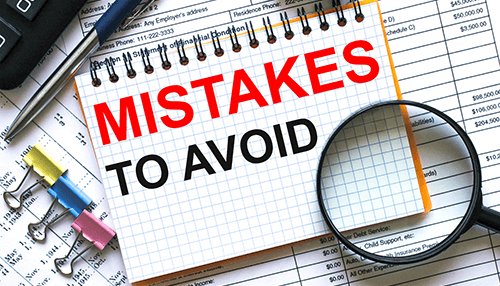As a website owner, you know that getting your website to rank well in search engine results is essential for driving traffic and attracting potential customers. One important aspect of search engine optimization (SEO) is on-page optimization, which involves optimizing the content and structure of your website to improve its visibility and ranking in search results.
So what exactly is on-page SEO, and how can you optimize your website's content and structure to improve its ranking?
On-page SEO refers to the optimization of individual web pages in order to rank higher and earn more relevant traffic in search engines. This includes optimizing the content and structure of your website's pages to make them more attractive to both search engines and users.
Optimizing Your Content
The first step in on-page SEO is optimizing your content. This involves using keywords, meta descriptions, and other techniques to make your content more search engine friendly. Here are some tips for optimizing your content:
- Research keywords: Start by researching keywords that are relevant to your website and target audience. Use these keywords in your content, meta descriptions, and other areas of your website to signal to search engines what your website is about.
- Write high-quality content: Make sure your content is well-written, informative, and engaging. This will not only improve your website's visibility in search engines, but it will also keep visitors on your website for longer.
- Use header tags: Use header tags (H1, H2, H3, etc.) to structure your content and make it easier for search engines to understand the hierarchy of your content. This will also make your content easier for visitors to read and navigate.
Improving Your Website's Structure
In addition to optimizing your content, it's important to improve your website's structure in order to improve its search engine ranking. Here are some tips for improving your website's structure:
- Use a clear URL structure: Make sure your URL structure is clear and easy to understand. This will make it easier for both search engines and visitors to navigate your website.
- Use internal linking: Internal linking refers to the links within your website that point from one page to another. By using internal linking, you can improve the structure of your website and help visitors and search engines find the information they're looking for.
- Use alt tags for images: Alt tags are descriptions of images that are used by search engines to understand the content of your images. By using alt tags, you can improve the accessibility of your website and make it easier for search engines to crawl your images.
FAQs
What is the difference between on-page SEO and off-page SEO?
A: On-page SEO refers to the optimization of individual web pages, while off-page SEO refers to the optimization of factors outside of your website, such as backlinks. Both on-page and off-page SEO are important for improving your website's search engine ranking.
How often should I update my website's content for on-page SEO?
A: You should regularly update your website's content to keep it fresh and relevant. This will also give you an opportunity to optimize your content for keywords and make other on-page SEO improvements.
Can on-page SEO alone improve my website's ranking in search engines?
On-page SEO is an important part of improving your website's search engine ranking, but it is not the only factor. You should also focus on off-page SEO, such as building backlinks, as well as other factors, such as website speed and user experience, to fully optimize your website and improve its search engine ranking.
By following these tips and optimizing the content and structure of your website, you can improve your website's visibility and ranking in search results. However, it's important to remember that on-page SEO is just one aspect of SEO, and it's worth considering other strategies such as keyword research, technical SEO, and link building as part of your overall SEO strategy.






